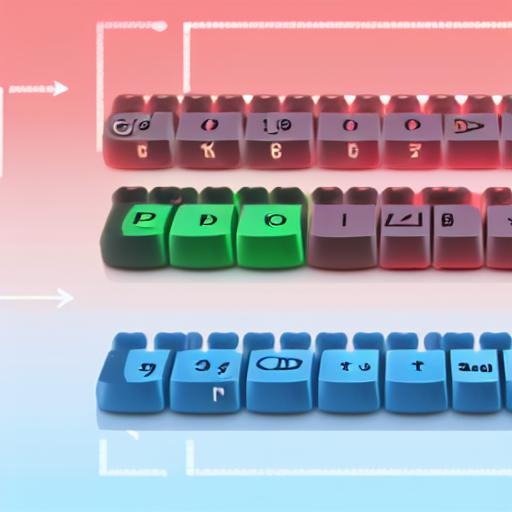Programmable Key Pairs
 Adakole Jeffrey
Adakole Jeffrey
Overview
Understanding Programmable Key Pairs
💻 Programmable Key Pairs (PKPs) are cryptographic systems that use two keys: a public key and a private key. Both the public key and the private key are used to encrypt and decode data. Because the keys may be produced, saved, and utilized in different ways, PKPs are programmable. Due to the difficulty in distinguishing the private key from the public key, PKPs are particularly secure.
🔗The Lit Protocol helps generate Programmable Key Pairs (PKPs) via Distributed Key Generation, so no single node has complete access to the private key at any given time. Developers may employ PKPs, which are adaptable wallets, to create decentralized applications, facilitate transactions on any blockchain or state machine, and produce smooth onboarding experiences. They may be programmed using Lit Actions, which enable unique application logic. Applications for PKPs include automated credential issuance, signature automation, and onboarding without a seed phrase.
Use Cases The Lit Protocol Can Be Used To Support
Different Web3 apps can use the Lit Protocol. The Lit Protocol can serve several use cases, including:
💥DeFi: Solutions for liquid staking, recurring payments, and conditional transaction execution Infrastructure: cross-chain bridges, off-chain data oracles, transactions that protect privacy, and AA wallet signers.
💥Web3 Social: Private data in social apps, token-gated video streaming, decentralized chatbots, and on-chain reputation building
💥Sovereign Data: Verifiable credential issuance and selective user data disclosure
💥Gaming: Wallet abstraction, condition-based rewards, and private data in multiplayer games
💥Token Gating for Web2 Apps: Token-based access control for Shopify, Zoom, Google Drive, and WordPress
READ MORE: 👉🏿 https://developer.litprotocol.com/usecases
A Quick Guide On How To Get Started As a Developer
1. Install the Lit JavaScript SDK: Set up the SDK within your local environment
2. Hello World with Lit Actions: Create your first Lit-enabled application using Lit Actions
4. Encrypt and Decrypt Static Content: Learn how to encrypt data for private storage on the open web
5. Provisioning access with a JSON Web Token (JWT): NextJS Project: Token gate a page using a JWT
6. Return a signed API response: Learn how to fetch and sign data from the open Web using Lit Actions
READ MORE: 👉🏿Check out the Lit SDK introduction and the API docs to get started working on Lit. For references to the Lit Actions routines that may be used inside a Lit Action by using the Lit. Actions object, see the Lit Actions API documentation.
Conclusion
With the use of the distributed cryptography system known as the Lit Protocol, programmers may create and manage cryptographic key pairs for programmable signatures, access control, and encryption. It can take the place of centralized key custodians and different key management techniques. For a range of web3 applications, including DeFi, infrastructure, sovereign data, web3 social, gaming, and token gating for web2 apps, Lit Protocol offers two fundamental services: encryption and access control and programmable signing. Check out the Lit SDK introduction and API documentation to get started, as well as the Lit Actions API documentation to reference Lit Actions routines.
Subscribe to my newsletter
Read articles from Adakole Jeffrey directly inside your inbox. Subscribe to the newsletter, and don't miss out.
Written by
